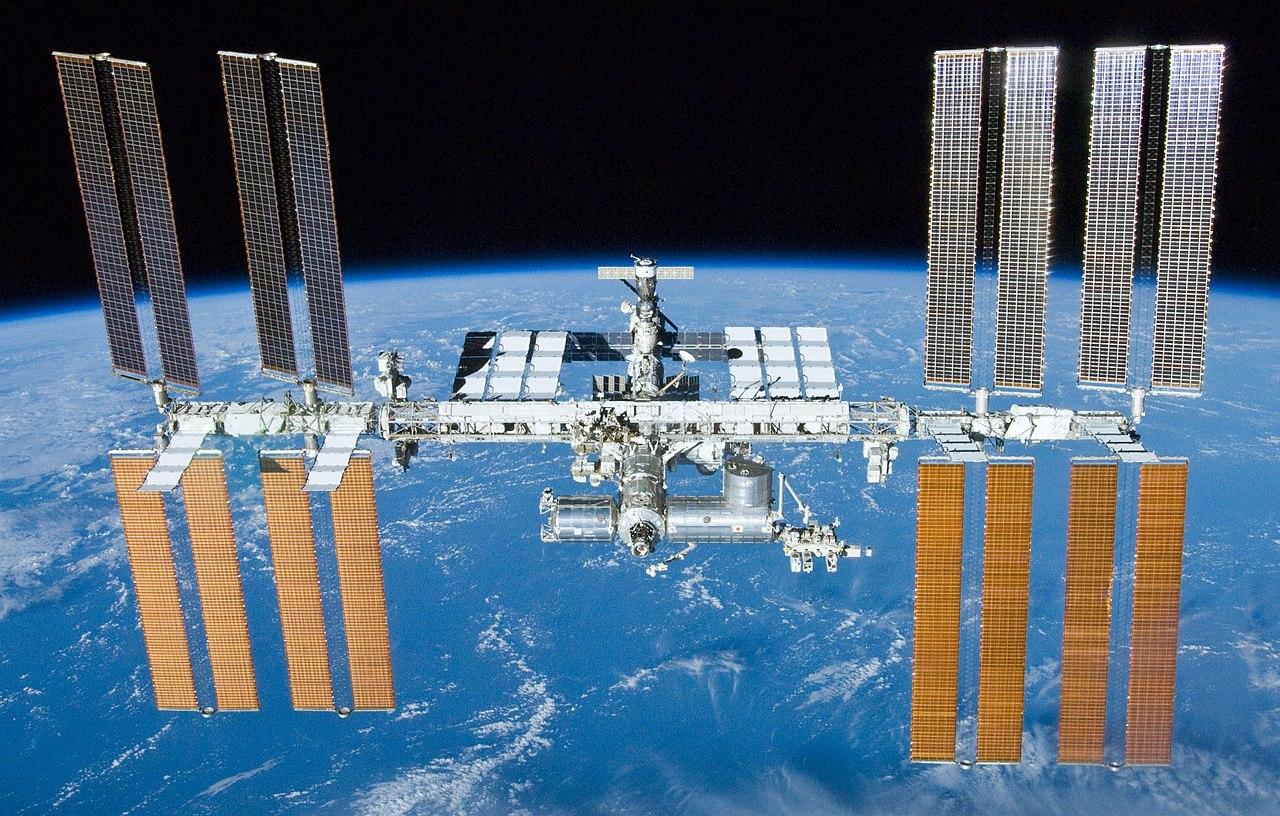
Credit: NASA
HOUSTON—The surprise November 2021 Russian anti-satellite test (ASAT) has nearly doubled the risk of a penetrating collision between orbital debris and the International Space Station (ISS), NASA ISS Director Robyn Gatens says. Gatens spoke to the NASA Advisory Council’s Human Exploration and...
Subscription Required
This content requires a subscription to one of the Aviation Week Intelligence Network (AWIN) bundles.
Schedule a demo today to find out how you can access this content and similar content related to your area of the global aviation industry.
Already an AWIN subscriber? Login
Did you know? Aviation Week has won top honors multiple times in the Jesse H. Neal National Business Journalism Awards, the business-to-business media equivalent of the Pulitzer Prizes.
